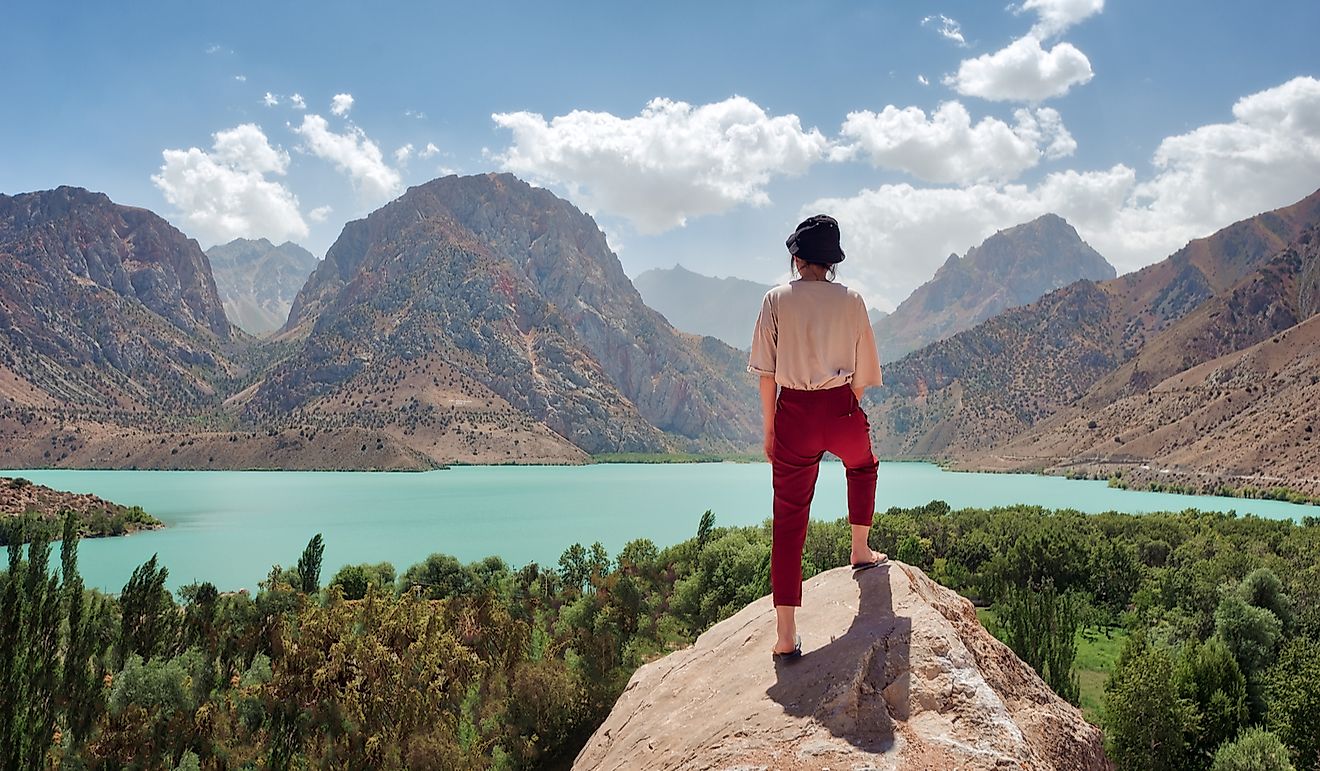What Are The Biggest Industries In Tajikistan?

Tajikistan is a mountainous, landlocked country located in Central Asia covering an area of 55,300 square miles and has an estimated population of 9.3 million people. The country attained independence on September 9, 1991, following the disintegration of the Soviet Union. Immediately after independence, the country went into a period of a civil war lasting from 1992 to 1997, leading to the destruction of infrastructure and slowing economic growth. However, since the end of the civil war and the establishment of political stability, the economy has grown significantly. Despite the economic growth, Tajikistan under the leadership of President Emomali Rahmon has been accused of corruption, authoritarian leadership, widespread violation of human rights, and lack of religious freedom.
Economic Outlook Of Tajikistan
In recent years, Tajikistan has had a transition economy following a series of economic policy reforms. The economy is dependent on foreign revenue generated from the export of aluminum and cotton, making it highly exposed to some of the external shocks. About 47% of the country’s GDP comes from immigrant remittance, especially from Tajiks living and working in Russia. According to the data obtained from the World Bank, the country’s GDP increased at an average rate of 9.5% between 2000 and 2007, improving the country’s position among the Central Asian countries. The 2008 global financial crisis hit Tajikistan hard. As of 2009, about 60% of the country’s population lives just below the poverty line. Although the immigrant remittances account for 30 to 50% of Tajikistani’s GDP, the industrial sector contributes about 23% of the country’s GDP. Here are some of the biggest industries in Tajikistan and their contribution to the country’s economic growth.
Agriculture
Tajikistan is an agrarian country with the rural population accounting for approximately 70% of the total population. Agriculture is one of the main economic activities in the country, accounting for about 60% of the total workforce and 30% of the total GDP. Agriculture is not only a source of food but also a source of income for most households. Like most of the countries that depend on agriculture, Tajikistan’s economy is characterized by low income per capita. The low income and high dependence on agriculture are the main targets of the ongoing agricultural reforms. After years of successful agricultural growth, especially during the Soviet Union era, Tajikistan experienced a period of decline with the index of Gross Agricultural Output dropping by over 50% in the period between 1991 and 1997 (this period also coincided with the civil war). However, the country has registered remarkable agricultural production since 1997 with the GAO back to the level it was in 1991. The major cash crops of Tajikistan are cotton and wheat, accounting for 30% and 36% respectively of the area under crops. Cotton is the main agricultural export product, contributing about 15% of the total export. It is mainly grown in areas such as Ferghana Valley, Lower Kofarnihon Valley, and Panj Valley. Barley and wheat are mostly grown in rainfed areas, especially in the Khatlon Province. Only about 30% of the country’s total area is considered agricultural land. Of the agricultural land, 21% is considered arable land.
Mining
Tajikistan has rich deposits of minerals which are all of economic value. The country has about 400 mineral deposits of about 70 different minerals including silver, gold, zinc, aluminum, mercury, uranium, fluorspar, and lead. These minerals have been explored extensively and found suitable for mining. Gold deposits are estimated to be approximately 429 tons with the largest gold mining operation located in Sughd Province. Tajikistan Aluminum Company is one of the largest aluminum manufacturers in the world with a production capacity of 517,000 tons per year. Uranium was mainly exploited by the Soviets in the northeast of Khudzhand. At its peak, the country produced about 170 tons of waste rock. However, uranium is no longer extracted. Rare metal reserves such as indium, thallium, selenium, germanium, and gallium have also been established in the country. Natural gas is mainly produced in the Vakhsh Valley and Gissar Valley. Coal has been a major contributor to the national economy in recent years with coal output increased by over 35% to 31,000 tons.
Tourism
Tourism is one of the industries that was eliminated by the civil war between 1991 and 1997. However, the industry is slowly re-establishing itself with the country ranking the 7th best adventure travel destination in the world in 2018 according to the British Backpacker Society. Tourists from countries such as Armenia, Belarus, Kazakhstan, Moldova, Jordan, Mongolia, Ukraine, and Russia can visit the country without a visa for up to 90 days. The visa-free entry policy was established to increase tourist activities in the country. The launch of the electronic visa system in 2016 has also made it easier for tourists to obtain visas. Some of the most popular spots include the remote mountains and the Pamir Highway.
Manufacturing And Related Industries
During the civil war manufacturing industries declined sharply despite widespread privatization. By 2006, close to 700 industrial enterprises were producing way below their capacities. As a result, the Government of Tajikistan began renationalizing some of these enterprises. Despite the effort, only the aluminum processing and chemical production industries are fully operational. The aluminum processing plant accounts for about 40% of the industrial production in the country. The textile industry processes about 20% of locally grown cotton. The construction industry contributes very little to the national GDP due to low capital investment and shoddy workmanship.











